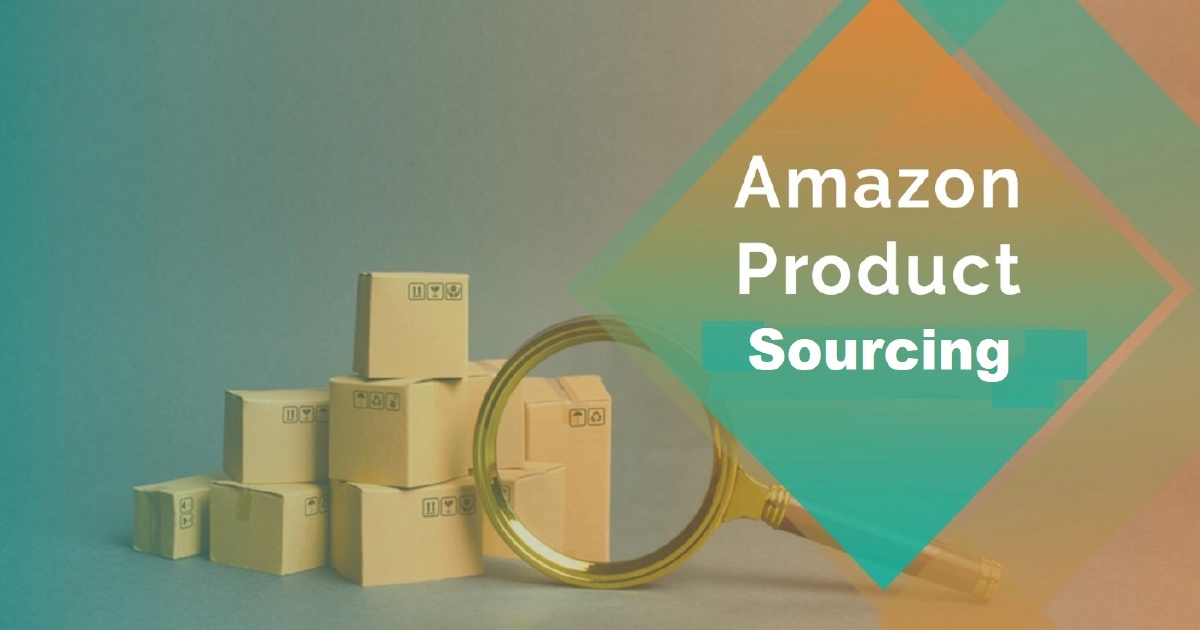

Everything you Need to Know about Product Sourcing?
Product sourcing is the process of finding and acquiring products from suppliers to sell under your own brand or business. In the context of e-commerce, product sourcing typically refers to the process of finding products to sell on online marketplaces like Amazon, eBay, or Shopify.
The goal of product sourcing is to find high-quality products at a competitive price that can be sold for a profit. This often involves finding suppliers. Who can manufacture or source products at a lower cost than what they can be sold for on the marketplace? This can involve sourcing products from manufacturers, wholesalers, distributors, or other types of suppliers.
Product sourcing is an important part of running a successful e-commerce business. By finding high-quality products that are in demand and competitively priced. You can create a profitable product portfolio that meets the needs of your target customers. Effective product sourcing can help you differentiate your business from competitors. Build brand loyalty, and achieve long-term success.
Top Facts about Product Sourcing:


Product sourcing is a critical part of running a successful Amazon FBA business. Here’s everything you need to know about product sourcing for Amazon FBA:
Understand the Amazon FBA Requirements: Before you start sourcing products. It’s important to understand Amazon’s FBA requirements. Therefore, you need to know the size and weight limits, the product categories that are prohibited, and the fees involved in using FBA.
Identify Profitable Products: Look for products that have a high demand and low competition. Use tools like Jungle Scout, Helium 10, or Viral Launch to analyze product demand, competition, and profitability.
Research Suppliers: Look for suppliers who offer high-quality products at competitive prices. You can source products from a variety of places, including Alibaba, AliExpress, and ThomasNet.
Check Product Quality: Before making any purchase, ask for product samples and test them. This ensures that the products you receive are of high quality and meet your standards.
Negotiate with Suppliers: Negotiate pricing, lead times, and payment terms with suppliers to get the best deal possible.
Plan for Shipping and Logistics: Plan how you will ship products to Amazon’s warehouses. You can use a freight forwarder, a 3PL (third-party logistics) provider, or Amazon’s partnered carrier program.
Create a Listing: Once you have your products. Create a compelling Amazon listing with high-quality images, clear product descriptions, and competitive pricing.
Monitor your Inventory: Keep track of your inventory levels to avoid stockouts and overstocking. Use Amazon’s inventory management tools to track sales and restock products as needed.
Overall, product sourcing is a key factor in the success of your Amazon FBA business. By understanding Amazon’s requirements, researching profitable products, and working with reliable suppliers, you can build a profitable and sustainable FBA business.
Why Products Sourcing is Important for Amazon FBA?
Product sourcing is crucial for Amazon FBA (Fulfillment by Amazon) for several reasons:
Competitive Pricing: Effective product sourcing allows you to find high-quality products at a competitive price. Which is critical for success on Amazon. With so many sellers competing for the same customers. You need to offer products at a competitive price to win the Buy Box and attract customers.
Product Differentiation: Sourcing unique and high-quality products that are in demand. But having low competition can help differentiate your business from other sellers on Amazon. This can help you build a loyal customer base and increase sales.
Streamlined Inventory Management: By sourcing products that are popular and have consistent demand. You can streamline your inventory management and avoid overstocking or understocking products. This is important for Amazon FBA. As you need to keep products in stock to avoid losing the Buy Box or facing penalties for late shipments.
Time and Cost Efficiency: By outsourcing the sourcing and shipping of products to Amazon. You can save time and reduce costs associated with shipping and warehousing products. Amazon FBA handles the storage, packing, and shipping of products on your behalf. Allowing you to focus on growing your business.
Overall, effective product sourcing is essential for Amazon’s FBA success. By finding and sourcing the right products, you can build a profitable and sustainable business on Amazon.
Top Amazon Product Sourcing Metrics to Understand?
When it comes to product sourcing for Amazon, there are several metrics that you should understand to make informed sourcing decisions. Here are some of the top Amazon product sourcing metrics to keep in mind:
Sales Rank: This metric shows how well a product is selling compared to other products in the same category. The lower the sales rank, the higher the product’s sales volume. Look for products with a low sales rank to ensure that they are in demand.
Average Selling Price (ASP): This metric shows the average price that a product is selling for on Amazon. Look for products with a competitive ASP to ensure that you can sell the product at a profitable price.
Profit Margin: This metric shows the difference between the product’s selling price and the cost to source and ship the product. Look for products with a high-profit margin to ensure that you can make a profit on the sale.
Return on Investment (ROI): This metric shows the percentage of profit you make on the investment in a product. Look for products with a high ROI to ensure that you are getting the best return on your investment.
Competition: This metric shows the number of sellers and products in a specific category or niche. Look for products with low competition to ensure that you can stand out and make sales.
Supplier Reliability: This metric shows how reliable a supplier is in terms of quality. Shipping times, and responsiveness. Look for suppliers with a good reputation and track record to ensure that you can receive high-quality products on time.
Understanding these metrics and using them to guide your product sourcing decisions can help you find profitable products that meet the needs of your target audience and drive sales on Amazon.

